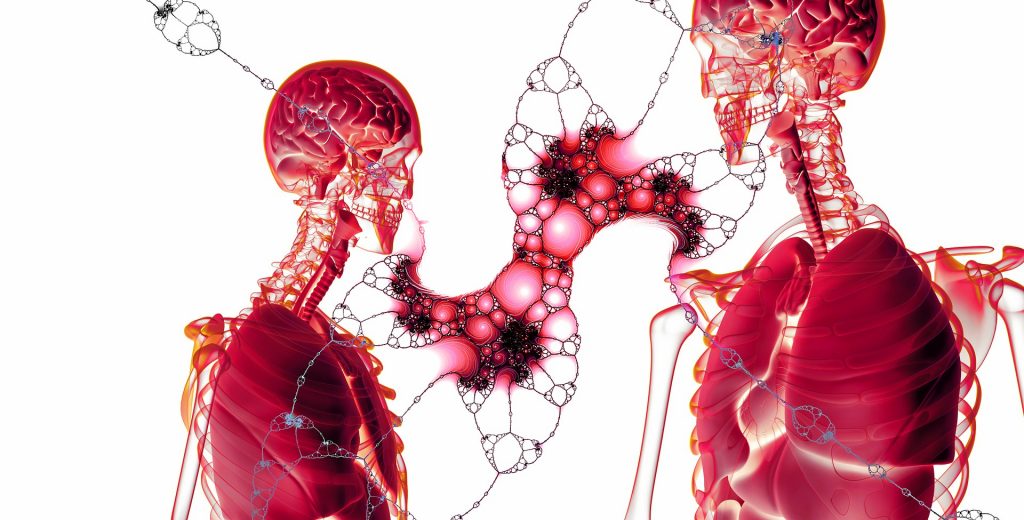Your heart’s energy is so powerful it could power other devices. Engineers from Dartmouth College made a dime-sized device that collects the heart’s energy to power the already implanted devices in a patient’s body.
A natural energy source for patients with health problems could save numerous people whose pacemakers and similar devices’ work relies on batteries.
How a Heartbeat Could Save Lives
A tiny machine created by the engineering research team at the Thayer School of Engineering at Dartmouth transforms the heart’s mechanical energy into the electric energy used for powering implantable devices.
According to Thayer School of Engineering, “millions of people rely on pacemakers, defibrillators and other life-saving implantable devices powered by batteries that need to be replaced every five to 10 years. Those replacements require surgery which can be costly and create the possibility of complications and infections.”
The study published in Advanced Materials Technologies proposes a new method where pacemakers would harvest the energy from the heart to run continually. The process is achieved by adding piezoelectric film, “PVDF” to the device. Combined with porous structures, the device transforms the kinetic energy into electricity to power itself.
The team’s leader, Dartmouth engineering professor John X.J. Zhang, said in a statement that they’re “trying to solve the ultimate problem for any implantable biomedical device.” He and his team worked alongside clinicians at the University of Texas in San Antonio to finish the three-year study.
When the Groundbreaking Device Can Be Seen in the Market?
Since the study is funded by the National Institutes of Health, researchers have two more years to complete the pre-clinical process and to get regulatory approval. After the approval, the new pacemaker could hit the market.
Professor Zhang ended the statement by saying “We’ve completed the first round of animal studies with great results which will be published soon.”
Although the research is still an ongoing process, patients with heart diseases and similar conditions could soon see an easier way to recharge their life-saving devices.
Image Credit: LeeRosario via pixabay.com






